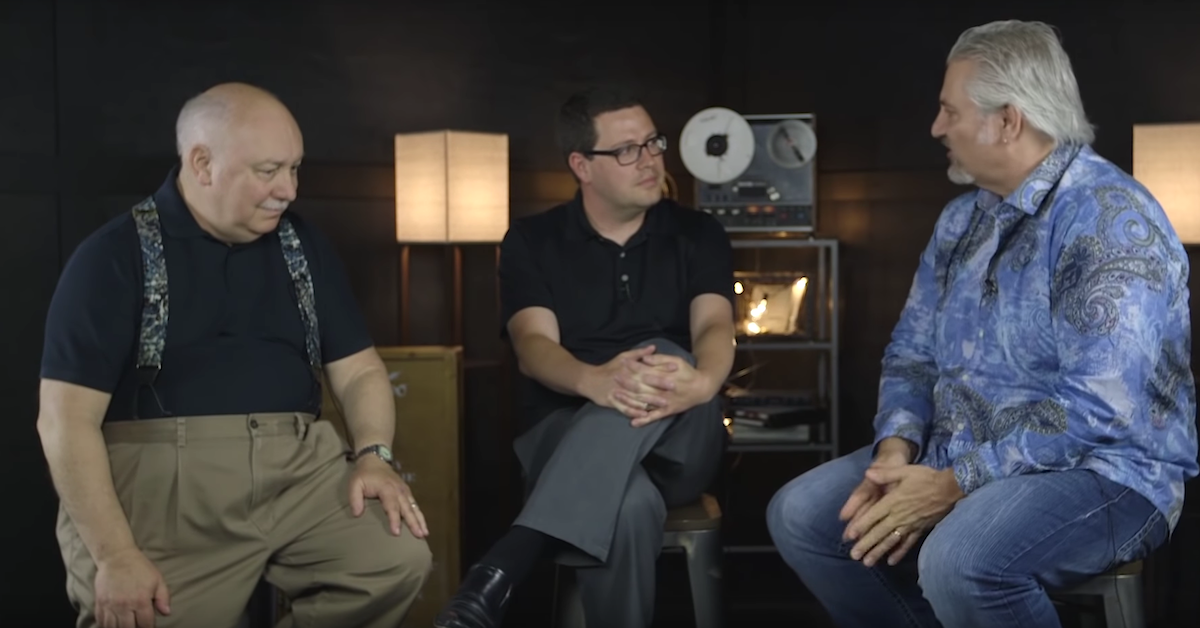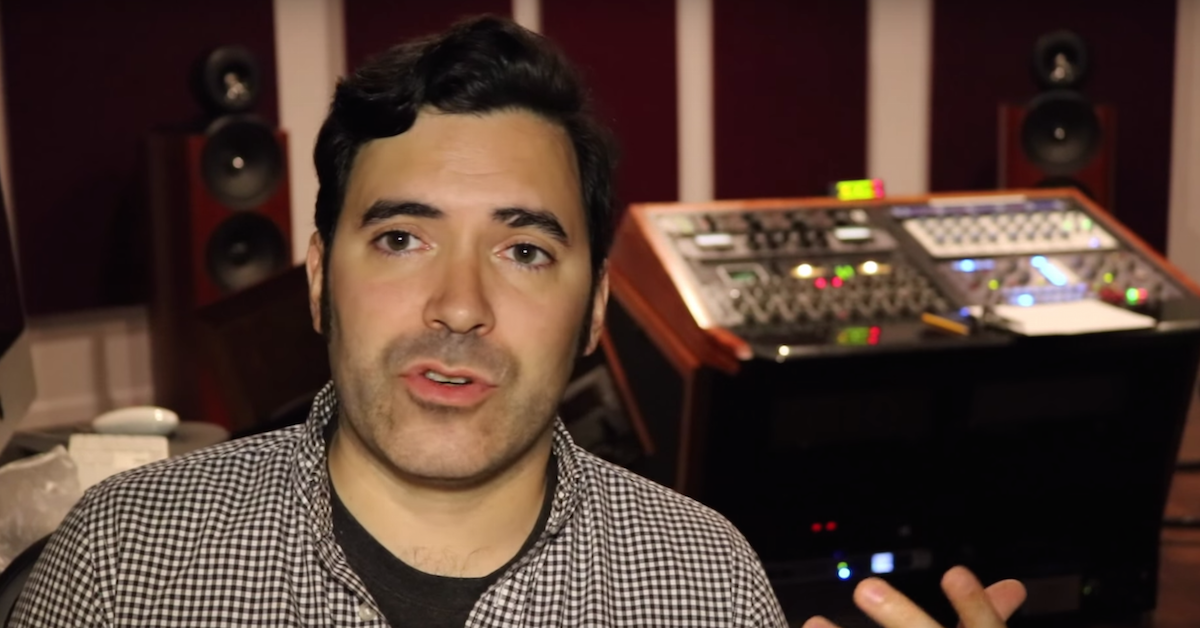5 Ways to Ensure Your Mixes Sound Great Everywhere
Article Content
Translation: the most dreaded word in all of audio engineering. Yes, it sounds perfect in your mix space. The bass is fuego, the kick is count knockula, the vocals are clear as water and the mountain dulcimer sings like birds in the morning on the first day of spring. And then you play the song in your car…
…sadness.
What gives? Why does it sound good in one place, and not good at all in another? Turns out different playback systems can tell very different stories. One system might amplify the bass, the other might downplay it. If you have a pair of HS8s with no sub, you’re not going to hear a lot of bass. If you go to your car, with the bass EQ all the way up and a pair of 12″ cones in the trunk, you are going to hear a ton of bass. You over-mix the bass on your monitors and then over amplify it in your car. Yikes!
Then you hear a record mixed by a badass mixing engineer and mastered by a ninja warrior masterer — and it sounds good everywhere. Is it magic? Nope. Turns out they have taken measures and learned techniques in making sure that’s how a record plays back. And I’m about to tell you how to do it!
1. Improve Your Monitoring
Ok, this one may be a touch obvious, but the first thing we want to do is to get our primary listening environment as good as it can be. The good news is that this doesn’t require buying super expensive monitors. Any reasonably flat monitors coupled with a sub can provide enough in terms of playback.
The real X factor is the room itself. It’s not really feasible to make a small room on a small budget into the kind of listening environment you get an acoustically-designed studio. But a lot can be done. Treating a room is not extremely expensive. Or rather, the first few dollars make the biggest difference. Simply placing effective sound absorption at key reflection points will make a significant difference in the accuracy of your monitoring.
I’m only mentioning this because some people may not realize the room is even part of the equation. And if they do, they may feel that Auralex foam or couches and bookshelves are fine for treatment. These things can help a little, but a few rigid fiberglass panels will make a much bigger difference.
2. Get Reference Monitors
In addition to your primary monitors, get a set of reference speakers. This could really be anything — big speakers that bring out the lows, small speakers that emphasize midrange, or even headphones (actually headphones can be very effective if your room isn’t spectacular). The idea here is to have a secondary listening system that changes your perspective.
Inherently, this will give you a window into what your mix will sound like when played elsewhere. Now, it is unlikely you’ll be soffit mounting 15″ drivers into your wall, so my recommendation would be something like small speakers with no sub, or headphones.
I’m not an NS-10 guy, but I dig them for reference. I also like Sennheiser open-back headphones. But those are just my suggestions. Auratones are another common reference set. But even a boombox wired into a monitor switcher can work. It comes down to preference.
3. Learn Your System
Even high-end commercial facilities are imperfect. They require getting used to. Reality is, they just require less getting used to. Listening to records you like the balance of and taking note of what’s emphasized and what’s deficient should clue you in on your own system. Switching between how your mixes sound on your system versus how they sound over at a friend’s system and in the car can also be illuminating. Being consciously aware of how your system is skewing the sound will help you adjust accordingly.
The reality is that this process takes trial and error. There’s no way around it. The good news is with due diligence you can actually get pretty darn far even in a playback environment that’s less than ideal.
4. Filter the Mix for Reference
One useful trick to monitor a frequency region of your mix is to put a filter on your master output. Once your mix is near complete, put a low-pass filter on your mix at 250Hz so you’re focused in on the bass region. Tweak your bass region to make everything a little clearer. Repeat this process with a high-pass filter on the mix at 4 kHz for the treble, and a band-pass filter between 250 Hz and 4 kHz for the midrange. I do this with a 12 dB/octave slope. It’s pretty amazing what you can hear when you remove the parts you aren’t listening for.
5. Be Judicious with Subtractive EQ
There tend to be two levels in which mixes don’t translate. One level is big picture stuff — bass is under-represented in the mix environment, so we mix it too loud. Treble is overemphasized in the room, so we mix too dull. The other level is the more nuanced side of the frequency spectrum. There’s a 240 Hz room mode so we tend to over-thin the lower midrange. The bass range isn’t well represented, so we mix bass rings that woof out club speakers.
This idea piggybacks off of learning our room. Learning how to really judge what needs to be removed and what doesn’t is extremely important in translation. A thin humming ring might be completely missed on what system, and totally overload another. Getting rid of tones we don’t need helps in translation, but it also helps in killing the life of the record — so we have to learn how to be judicious and decisive with our subtractive EQ moves.
If we can get this stuff right, getting mixes to translate becomes much easier. If we have no other options there is a hack-n-slash way to check for excessive tones. You can do it with a narrow EQ boost and a VU meter. Sweeping a ring across the frequency spectrum and looking for anything that spikes the VU meter is a strong indication of a tonal buildup. But again: tonal buildup isn’t always a bad thing, it’s part of what makes music exist, so be cognizant of what’s happening and don’t do things just to do things.
The overall theme here is that we need to pay attention to our perception of the sound. Our first mode of attack is to get our perception as accurate as possible, but barring that our next move is to provide a wider idea of what we’re hearing. Anything that helps us switch up our perspective and hear the mix from a different vantage point will work toward this end.
Ultimately, the best means of ensuring translation is to hire a mastering engineer as they will have a completely fresh perspective in a different space — but it wouldn’t be much of an article if it read:
1. Hire A Mastering Engineer
The end.






